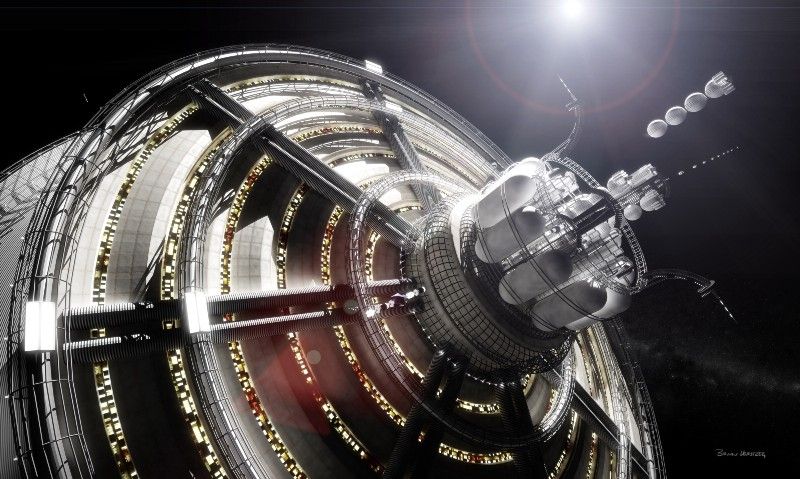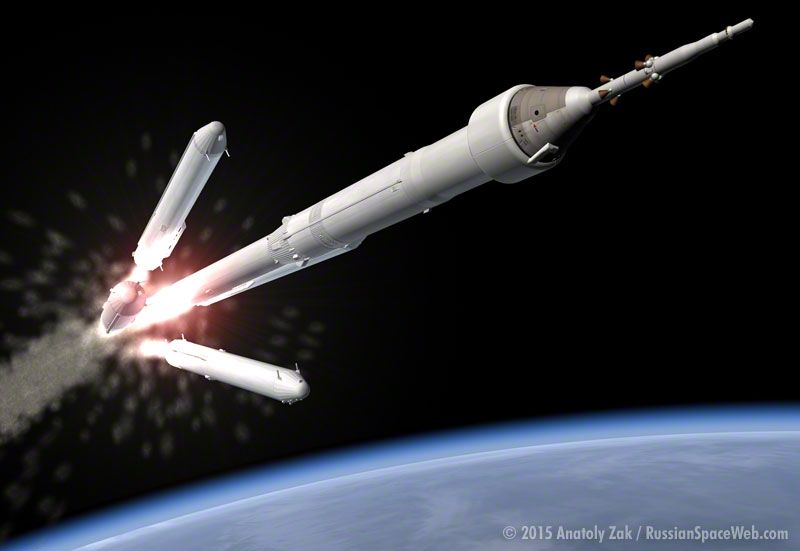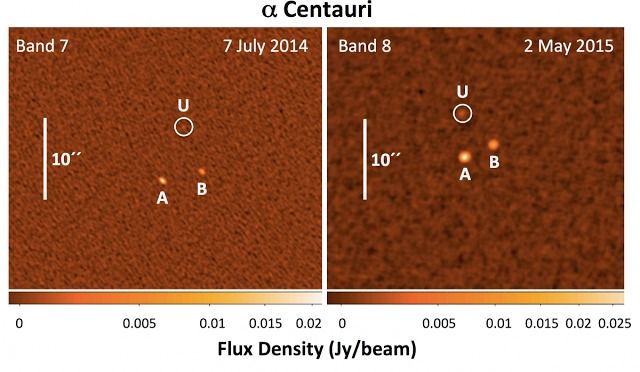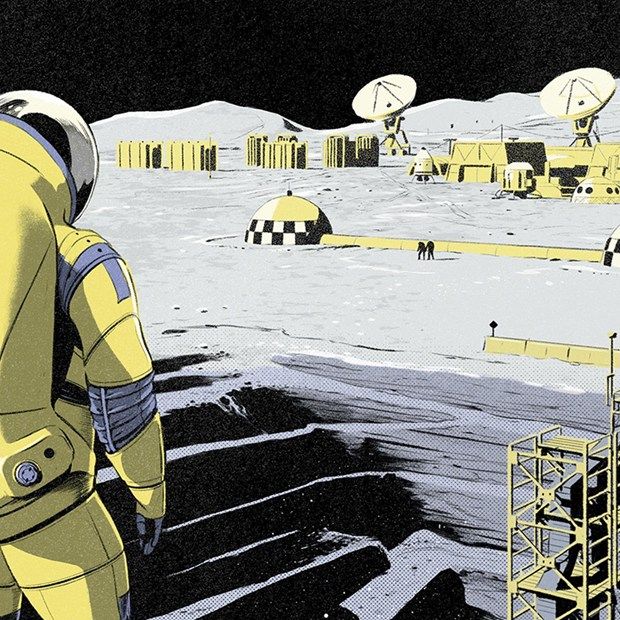Archive for the ‘space’ category: Page 994
Jan 8, 2016
Michio Kaku: “Star Trek-style teleportation IS possible and we could be beaming to other planets within decades”
Posted by Shailesh Prasad in categories: physics, space, virtual reality
Star Trek is by now said to have encouraged a whole host of current devices from the iPad to the holodeck’s ‘virtual reality’. Now a famous theoretical physicist says that even its teleporter is technically possible, and it could become an actuality before the end of the century. Professor Michio Kaku said that the several breakthroughs required to transport humans rapidly have already been made, and it’s not far when we will be ‘beaming’ across the cosmos. Michio Kaku is a professor at City University in New York. Dr Michio Kaku said “You know the expression “Beam me up Scotty”? We used to laugh at it. We used to laugh when someone talked about teleportation, but we don’t laugh anymore.
Jan 8, 2016
This is the first object 3D-printed from alien metal
Posted by Shailesh Prasad in categories: 3D printing, space
So-called ” asteroid mining” company Planetary Resources is built on the belief that asteroids and other objects in space are loaded with resources that we can take advantage of, both here on Earth and as we begin to explore space in earnest. The essentially infinite supply of rocks floating through space, filled with valuable minerals that we’ll eventually run out of on our home planet, sounds like a great resource to take advantage of. But the idea of mining, processing and building with alien metals also sounds like a massive and daunting undertaking.
Jan 7, 2016
Russia’s Big Plan To Finally Put Cosmonauts on the Moon
Posted by Sean Brazell in category: space
Jan 7, 2016
Here Is the Soviet Union’s Secret Space Cannon
Posted by Sean Brazell in category: space
In 1975, the USSR actually fired a cannon from an orbiting space station. Forty years later, we finally got a good look at this gun.
Jan 7, 2016
Planetary Resources & 3D Systems Reveal First Ever 3D Printed Object from Asteroid Metals
Posted by Jeremy Lichtman in categories: 3D printing, space
The future of space colonization and industrialization can now be visualized.
Planetary Resources, in collaboration with our partner 3D Systems, have developed the first ever direct metal print from asteroid metals. At the Consumer Electronics Show (CES) today in Las Vegas, NV., we unveiled the geometric object on the Engadget stage.

Jan 7, 2016
I drove the 6,600-lb ‘car’ that NASA designed for astronauts on Mars, and I’ll never see space
Posted by Klaus Baldauf in categories: space, transportation
Jan 6, 2016
Atacama Large Millimeter/submillimeter Array may have found Super-Earth in our solar system
Posted by Sean Brazell in category: space
Now this is something you don’t hear every day.
Or week.
Or year.
Jan 6, 2016
Kepler Has Uncovered a Trove of New Planets in Our Cosmic Backyard
Posted by Shailesh Prasad in category: space
If you thought the Kepler spacecraft’s glory days were over, think again. Today at the 227th meeting of the American Astronomical Society, astronomers announced a whopping 234 new exoplanet candidates discovered by Kepler in 2014. The best part? All of them are just tens of light years away.
The deluge of planetary candidates are distributed among 208 star systems, which means we have the honor of welcoming many new multi-planet systems to our cosmic neighborhood. While these candidates aren’t confirmed yet, there’s a good chance most of them will be, according to Andrew Vanderburg of the Harvard Center for Astrophysics, who presented the findings today. All 234 were found during the first year of the K2 mission, which is scanning stars across the plane of our solar system, moving from one field of view to the next.
Add these K2 planets to the 4,600+ candidate worlds (1,918 confirmed planets) discovered during Kepler’s original mission, and it’s fair to say this little telescope has become one hell of a planet hunter.
















